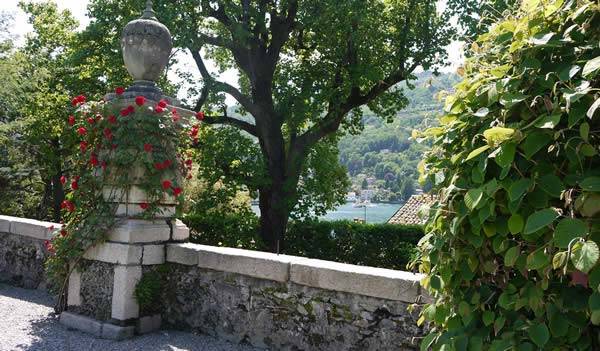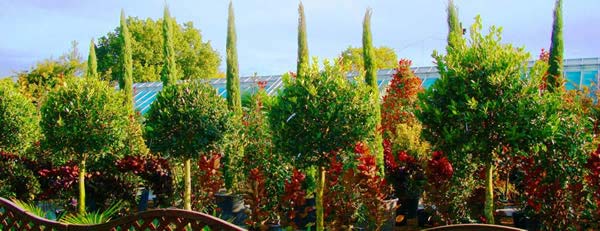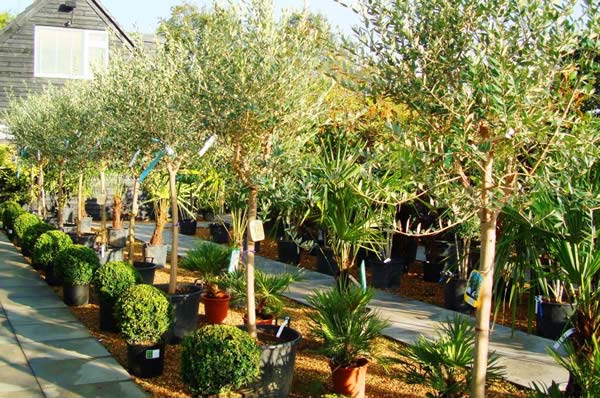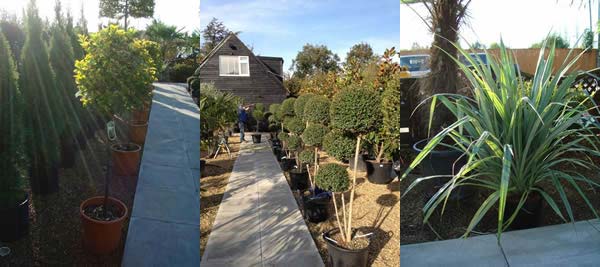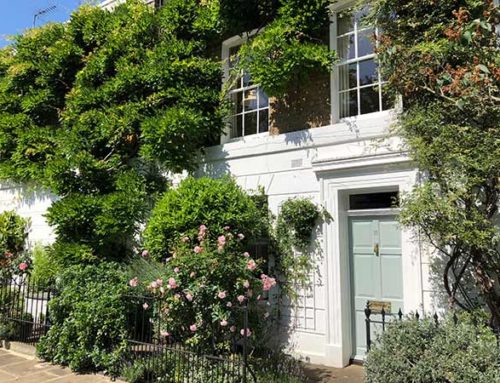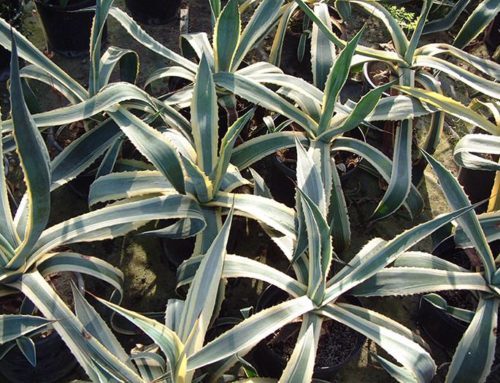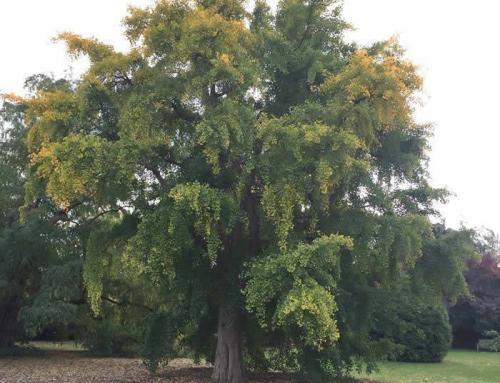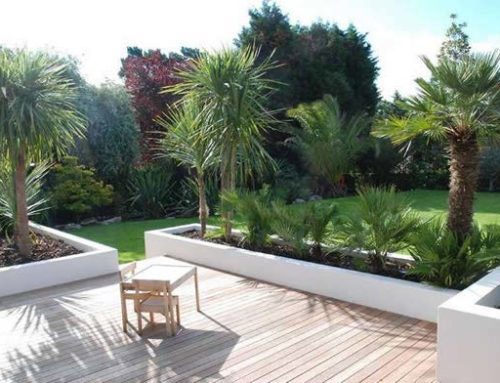Updated for 2016 Seasons
Designing gardens for roof terraces, balconies and patios can be one of the most challenging areas in which to create sustainable planting. The problem with these areas is that invariably they are exposed to wind and sun, with very little shade, and the plants need to be kept permanently in planters which can cause them to dry out quickly.
Tips on choosing plants suitable for roof terraces, balconies and patios
Plants useful for these areas will most probably have to be fairly drought and wind tolerant. Also these plants must to be able to live permanently in planters and therefore should be fairly resistant to becoming pot-bound.
Olive Trees are an Excellent Roof Terrace Plant…
Slow growing trees such as Olive Trees would be most suitable. In addition, their tall elegant shape brings height (or a vertical dimension) into the structure of the design. Olives trees are notoriously hardy and extremely drought resistant. For something very special, we have lower growing, mature Olives Trees in a Bonsai Style. Most unusual, these bonsai-style Olive Trees are circa 1.5 metres tall and wide. Already 20 years old, they come complete with thick, gnarled trunks. These little beauties are sure to make an impression on your roof terrace – budget allowing of course!
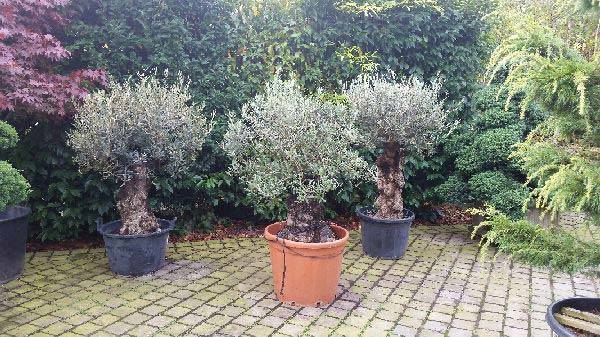
20 year old Bonsai-style Olive Trees – just imagine one of these on your roof terrace!
Topiary Plants are an elegant Roof Terrace addition…
Topiary Trees such as Prunus Lusitanica Lollipops and Ilex Crenata Spirals are some of the most modern and popular trees used for a contemporary look and grow well kept in smart planters. Shrubs can be chosen that tolerate pruning but also should preferably be evergreen so that there is interest all year round. Deciduous trees and shrubs, losing their leaves in winter, are more prone to wind and heat burn than the evergreens. Other popular topiary plants that look great on roof terraces include Topiary Pom Poms such as Ellwoodii Gold or these most unusual Pinus Sylvestris (Pine Cloud Tree) Pom Poms. Lots more ideas in our Topiary Section….
Plants with Dramatic Foliage…
Plants like the low growing, very cute Pinus mugo and the Wollemi Pine and Cedars with their needle-like leaves are very wind tolerant as are tough leaved plants such as Topiary Hollies and Yuccas. Low growing and slow growing plants such as Chamaerops Humilis palms, Festuca Glauca, Lavender and Euonymus are also easy to be kept in pots. If exposure to wind/heat is a problem it is worthwhile considering reducing this by erecting trellis which will act as a wind break. Jasmines and Photinia Red Robin work well on trellis.
Remember the less exposed the site the wider the types of plants that can be grown. Many roof terraces are situated around Central London in fairly built up areas where there are milder conditions and, unless very high up, many plants can be grown.
As a general rule of thumb the smaller leaves a plant has the more it will tolerate wind therefore large leaves are not recommended as they are very prone to wind damage. Very tall trees may not always be suitable as they will have to be stabilised in strong wind unless they are in extra-large planters.
Plants to avoid for Roof Terraces, Balconies and Patios
Plants to avoid using particularly are Japanese Acers where leaves are very prone to wind burn and scorching, ferns especially tree ferns and perhaps surprisingly bamboo which requires copious watering and becomes pot bound very quickly making watering difficult.
Growing Plants in Planters
Plants continuously grown in planters obviously dry out much quicker than in the ground and so it is advisable to install a simple irrigation system when creating a roof garden linked to a timer where possible. Use a soil based compost like a John Innes compost when planting in pots (so that the soil does not dry out too quickly) and cover the tops of the planters with mulch where possible.
Styles of Planters
Try to keep the style of the plants consistent – a properly designed planting scheme is recommended and use the same colour and style of planter. Further from a practical point of view the plants and the planters, especially for roof terraces and balconies, need to be fairly light to enable them to be carried up sometimes several flights of stairs if a lift is not available. New designs of planters include the Lindesberg Pots which are lightweight and modern but allow insulation of the plants over the winter and stops the plants drying out so much over the summer. Light weight terra-clay planters are also useful and have a contemporary appearance.
Provided certain criteria are met very attractive roof terraces, balconies and patios can be easily achieved and can be enjoyed as much as any garden.
View our full collection of Plants Suitable for Roof Terraces…

